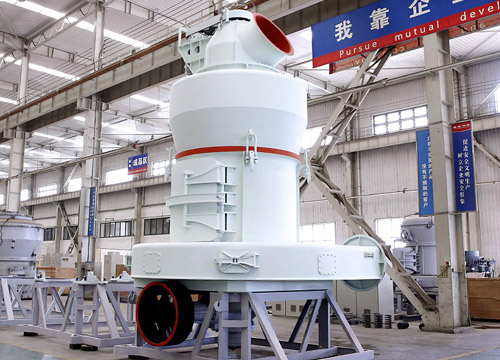An animal processing plant is a facility where livestock (such as cattle, pigs, poultry, sheep, or fish) are slaughtered, processed, and packaged for human consumption or other uses (e.g., leather, pet food). These plants play a critical role in the food supply chain but also raise concerns about animal welfare, environmental impact, and worker safety.
Key Functions of an Animal Processing Plant:
1. Slaughtering – Humane stunning and killing of animals following regulatory standards.
2. Processing –
– Skinning, evisceration, and carcass splitting.
– Cutting into primal and retail portions (e.g., steaks, chops).
3. Packaging & Preservation – Vacuum sealing, freezing, or canning meat for distribution.
4. Byproduct Utilization – Rendering fats (for tallow), bones (for gelatin), hides (for leather), and blood (for fertilizers/feed).
5. Quality Control & Inspection – Compliance with food safety regulations (e.g., USDA in the U.S., EU standards in Europe).
 Types of Animal Processing Plants:
Types of Animal Processing Plants:
– Red Meat Plants (Beef, Pork, Lamb)
– Poultry Processing Plants (Chickens, Turkeys)
– Seafood Processing Plants (Fish, Shellfish)
– Dual-Use Facilities (Combining slaughter and further processing)
Challenges & Concerns:
– Animal Welfare: Ethical concerns over slaughter methods and living conditions.
– Environmental Impact: Wastewater pollution, greenhouse gas emissions, and odor issues.
– Worker Safety: High-risk jobs involving sharp tools, repetitive motions, and pathogens.
– Food Safety: .jpg) k of contamination (e.g., E. coli, Salmonella).
k of contamination (e.g., E. coli, Salmonella).
Regulations & Certifications:
– USDA/FDA (U.S.), EFSA (EU), or local agencies oversee hygiene and safety.
– Certifications like HACCP, Halal, or Kosher may apply depending on market demands.
Would you like details on a specific aspect—such as sustainable practices or automation in processing plants?





Leave a Reply